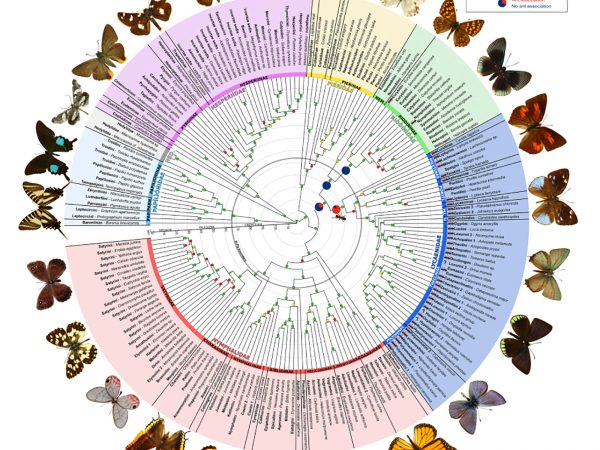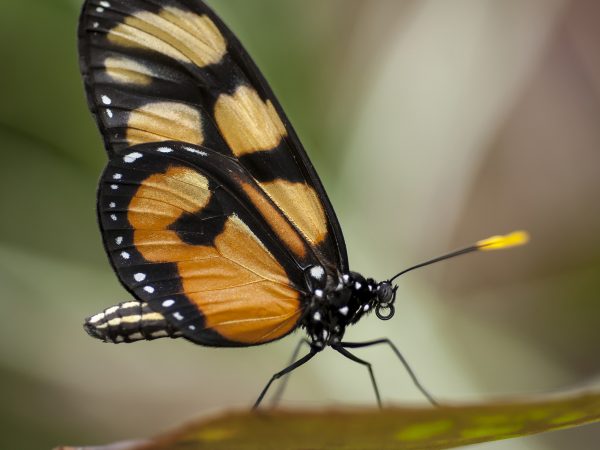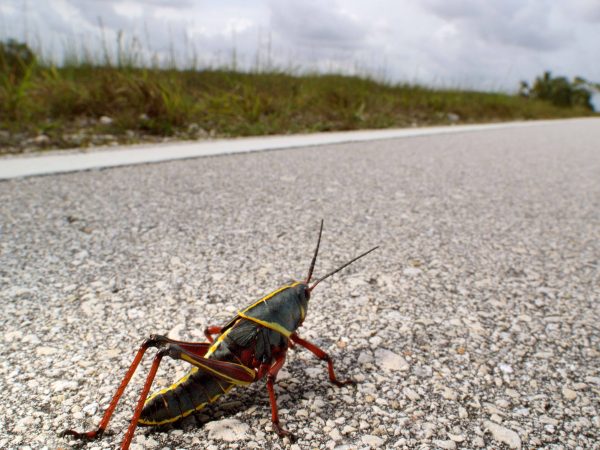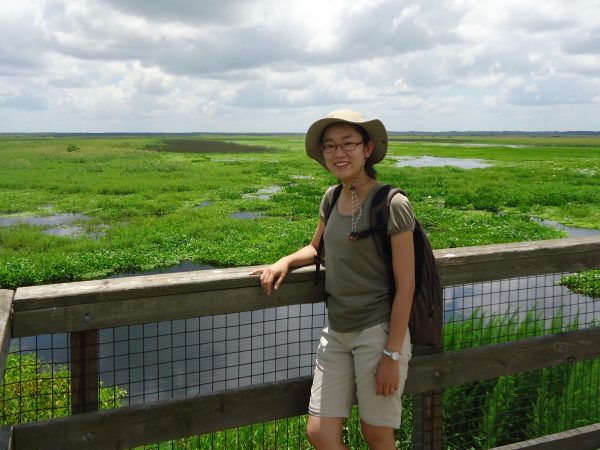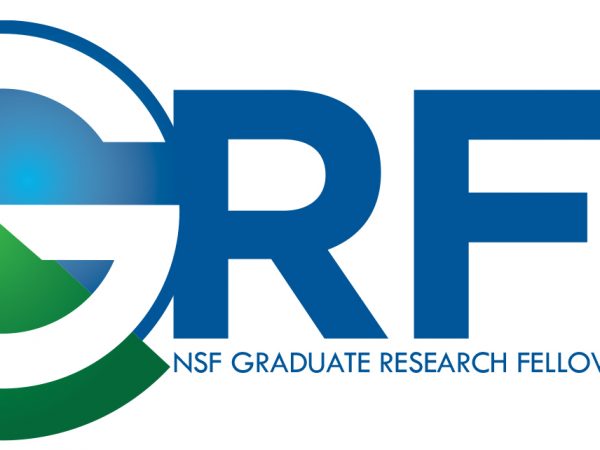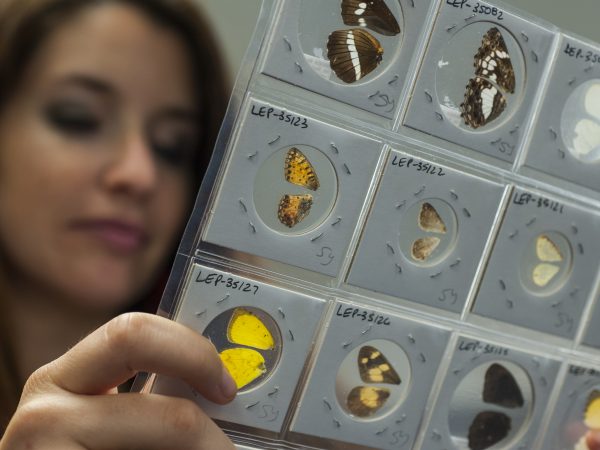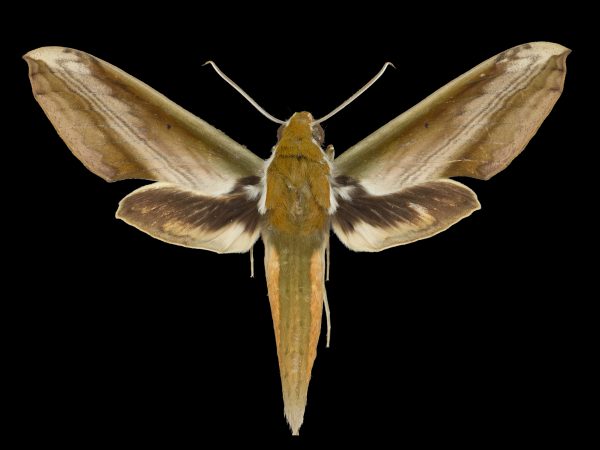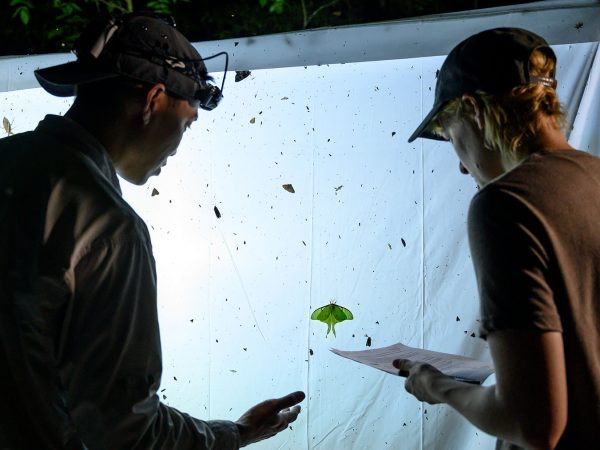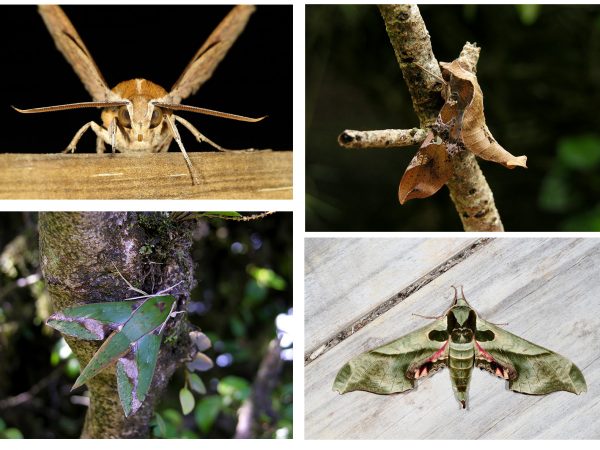At last, butterflies get a bigger, better evolutionary tree
For hundreds of years, butterfly collecting has often inspired a special kind of fanaticism, spurring lengthy expeditions, sparking rivalries and…
Read More
Night-flyers or day-trippers? Study sheds light on when moths, butterflies are active
Butterflies fly during the day while moths travel at night – or so you might think. In reality, their behavior…
Read More
Noise pollution from gas compressors changes abundance of insects, spiders
The relentless roar of natural gas compressors influences the numbers of insects and spiders nearby, triggering decreases in many types of…
Read More
2017 NSF Dissertation Improvement Grants
Congratulations to our grad students! Four Florida Museum grad students have been awarded NSF Doctoral Dissertation Improvement Grants. These are…
Read More
Our 2017 NSF GRFP recipients
Several of our current or former students received NSF GRFPs this year. The National Science Foundation had more than 13,000 applications,…
Read More
Worker bees behind the scenes
As a vegan and animal lover, lab technician Samantha Epstein had always envisioned a future working with wildlife. “I definitely…
Read More
Hawkmoth research collaboration
Florida Museum of Natural History lepidopterist Akito Kawahara and Boise State University researcher Jesse Barber explain their new collaborative study…
Read More
Why Science? Lepidopterology
Akito Kawahara, an assistant professor and curator of Lepidoptera at the Florida Museum of Natural History, explains why he became…
Read More
Researcher receives grant to study echolocation in moths
Whether by buzzing, singing, cawing or hissing, plenty of animals boast their own form of communication. But researchers now hope…
Read More
